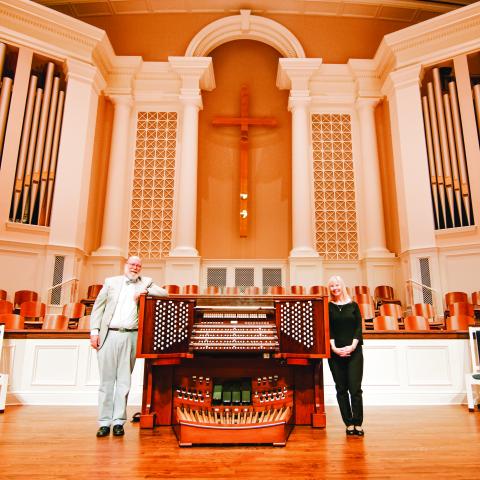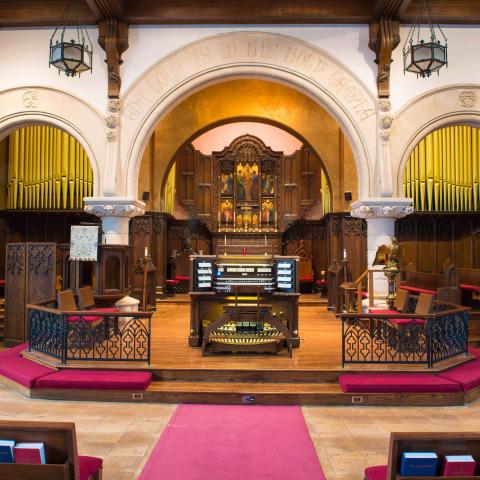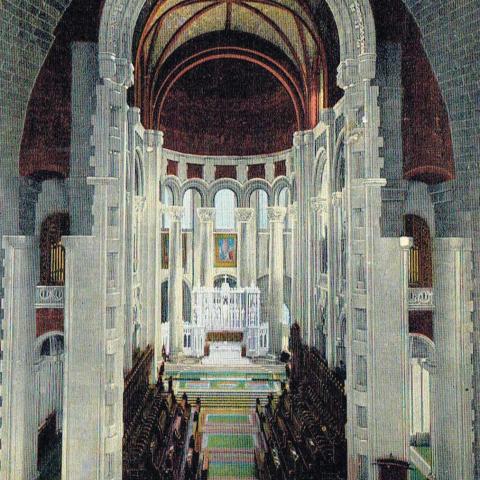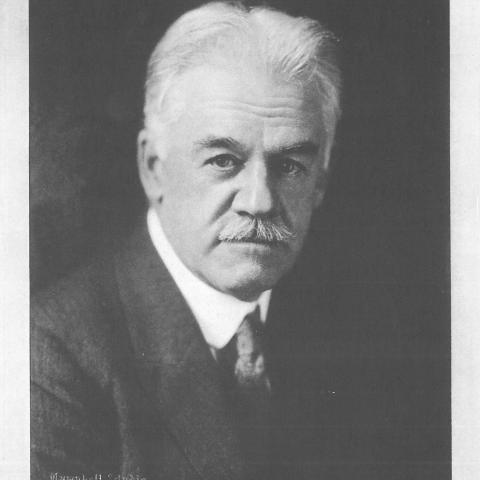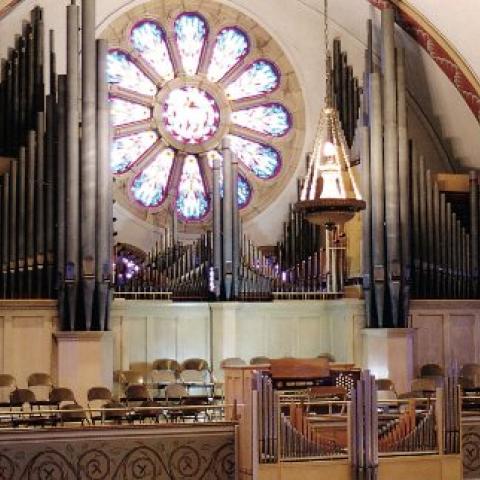
Quimby Pipe Organs Opus 76, recently installed at Dunwoody United Methodist Church, Dunwoody, Georgia, comprises 100 ranks distributed over five manual divisions, playable from a four-manual and pedal console.
The new organ utlizes some pipework from Ernest M. Skinner Co. Opus 195 (four manuals, 66 ranks), dating from 1913, originally installed in Grace Chapin Hall at Williams College, Williamstown, Massachusetts, and Casavant Frères, Ltd. Opus 1600 (three manuals, 42 ranks), constructed in 1939 for the now defunct Chapel of the Immaculate Conception Seminary in Darlington, New Jersey.
Quimby Opus 76 is featured on the cover of the December issue of The Diapason:
https://www.thediapason.com/content/cover-feature-80
https://h4i5m5z2.stackpathcdn.com/thediapason/s3fs-public/December19FullIssuePDF.pdf

